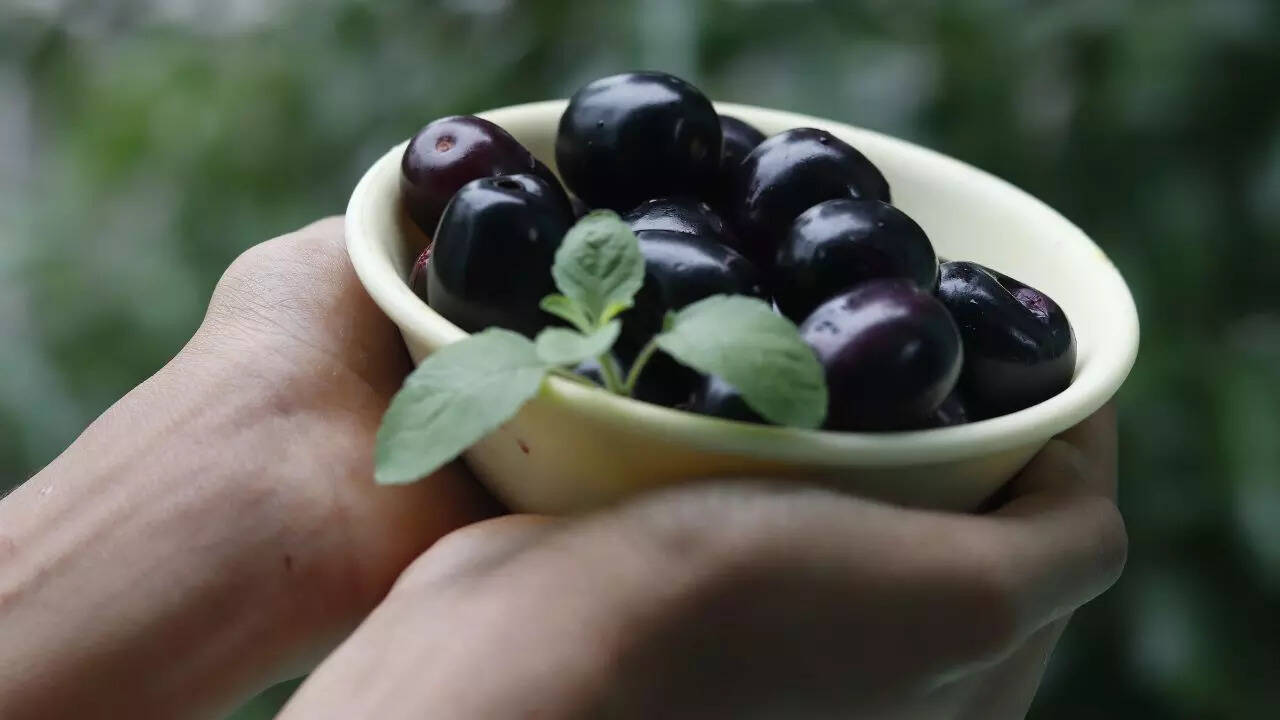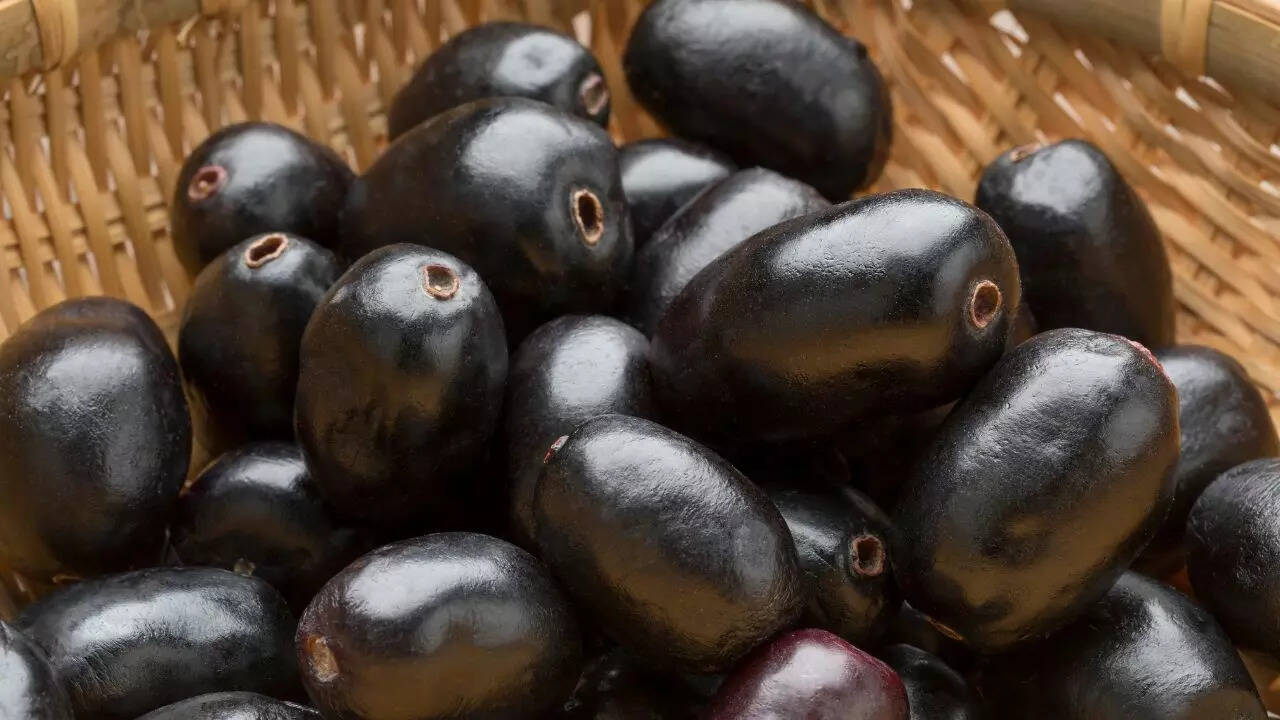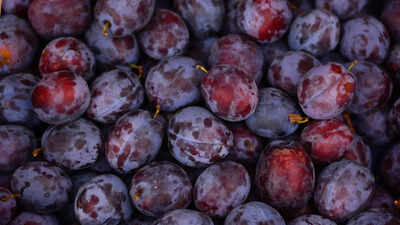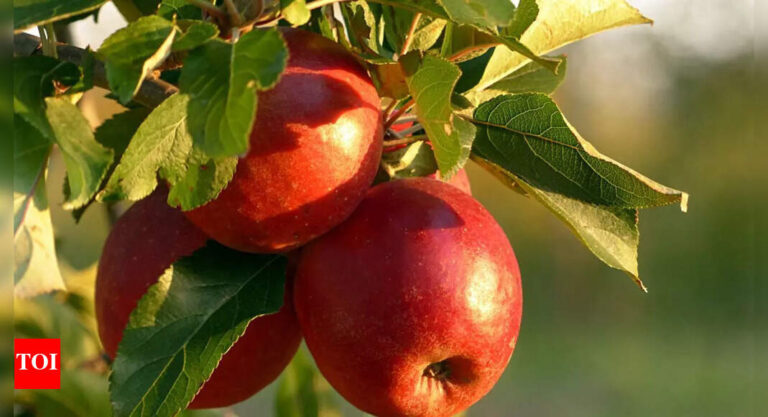
That purple-stained tongue after a handful of jamuns? Classic Indian summer. Whether you know it as jamun, java plum, or the more botanical Syzygium cumini, this fruit is more than just a tart treat from your childhood, it’s a natural powerhouse with real science-backed health benefits. From local fruit carts to ayurvedic medicine cabinets, jamun has quietly earned its place as a go-to remedy for everything from digestion issues to blood sugar management. But while many enjoy it for its flavour, few actually know what jamun is called in English, or how many healing properties it hides beneath its juicy skin. Let’s dive into what makes this seasonal fruit so special, why your dadi swears by it, and how it stacks up against today’s trendier superfoods.
What is jamun called in English and where does it come from

Jamun is known as black plum, java plum, or Indian blackberry in English. Its botanical name is Syzygium cumini, and it belongs to the Myrtaceae family. Native to India and Southeast Asia, jamun thrives in tropical climates and has been grown in the Indian subcontinent for centuries. The tree is evergreen, meaning it provides fruit and shade throughout the year but its berries ripen during the hot months, usually from May to August, making it a beloved monsoon snack.The fruit itself is small, oval, and ranges from dark purple to almost black when fully ripe. Its taste is unmistakably bold: sweet, tangy, slightly astringent and followed by that signature gritty aftertaste. And yes, if it stains your tongue, that means you got the good stuff.
Health benefits of jamun : Why this purple fruit is worth the hype

Here’s what makes jamun more than just a seasonal delight, it’s a legit functional food packed with nutrition.
Naturally controls blood sugar levels
One of the most talked-about benefits of jamun is its ability to regulate blood glucose. Thanks to bioactive compounds like jambosine and jamboline, jamun helps improve insulin sensitivity and slows down the conversion of starch into sugar. This makes it highly effective for people with type 2 diabetes. In fact, jamun seed powder is often recommended by Ayurvedic doctors for long-term sugar control.
Aids digestion and reduces acidity
Feeling bloated after a heavy meal? A handful of jamuns can work like magic. The fruit’s natural cooling and astringent properties help soothe hyperacidity, while its fibre supports regular bowel movements. Jamun juice is often consumed as a digestive tonic and can be mixed with a pinch of kala namak (black salt) for added relief.
Supports healthy skin and combats acne
Glowing skin starts from within and jamun is proof. Rich in vitamin C, flavonoids, and antioxidants, jamun helps reduce oxidative stress that can lead to premature ageing. Its anti-inflammatory properties also make it useful for treating acne and skin infections. A paste made from jamun seeds or pulp is often used topically in traditional skincare routines
Strengthens gums and oral hygiene
Jamun bark and leaves have antibacterial properties and were traditionally used as natural toothbrushes. In fact, decoctions made from jamun bark are still used in Ayurvedic formulations for treating bleeding gums, mouth ulcers, and bad breath. Regular use can strengthen teeth and improve overall oral hygiene.
Boosts haemoglobin and improves stamina
Low energy? Jamun might help. It contains iron, folic acid, and vitamin C, all of which support red blood cell production and improve oxygen delivery to muscles and organs. This makes it beneficial for people with anemia, fatigue, or post-illness weakness.
Jamun vs other berries: A quick comparison
Think blueberries and cranberries are the only superfruits in town? Think again. Here’s how jamun compares:
Fun fact: Why does jamun stain your tongue?

Jamun contains anthocyanins, the same pigments that give blueberries and red cabbage their intense colour. These natural compounds not only offer antioxidant protection but also bind to the proteins in your saliva and tongue, leading to that unforgettable purple stain. So next time you see someone with a purple mouth, you know they’ve had a delicious day.
How to consume jamun for best results
While the fresh fruit is ideal, you can also consume jamun in other forms:
- Jamun juice (with a pinch of salt or lemon)
- Seed powder (for diabetes management)
- Jamun vinegar (used in gut health tonics)
- Jamun tablets or supplements (available in Ayurvedic stores)
- Avoid drinking milk or consuming dairy immediately after jamun, it can cause digestive issues due to the fruit’s acidic nature.
Forget fancy imported berries, jamun is our homegrown superfruit, packed with nutrients, flavour, and centuries of Ayurvedic wisdom. Whether you’re looking to balance your blood sugar, glow from within, or just enjoy a nostalgic summer snack, this purple gem delivers. So the next time jamun season rolls around, grab a bunch, stain your tongue, and treat your body to something both delicious and healing. You’ll be surprised how much goodness this humble fruit packs in every bite.Also read| Dining out or food delivery twice a week or more? Here’s what it’s doing to your body








